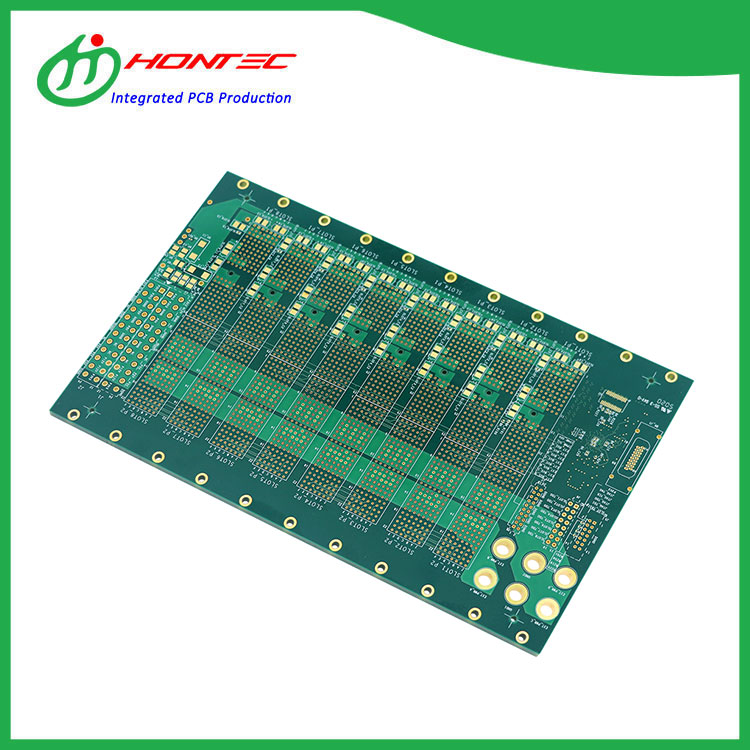Unveiling Excellence: TG250 PCBs vs. the Rest - A Performance Comparison
2023-12-14
Introduction:
In the dynamic landscape of electronics, the choice of Printed Circuit Board (PCB) material can significantly impact the performance and reliability of electronic devices. One material that has been making waves in the industry is TG250. In this blog, we will embark on a journey to compare TG250 PCBs with other types of PCBs, exploring how they stand out in terms of performance and characteristics.
1. High Glass Transition Temperature (Tg):
TG250 PCBs boast a high glass transition temperature, setting them apart from many conventional PCB materials. This elevated Tg ensures that the PCB remains stable even in extreme temperature conditions, providing a crucial advantage in applications where thermal stability is paramount.
2. Signal Integrity and Dielectric Constant (Dk):
When it comes to signal integrity, TG250 PCBs shine with their low and stable dielectric constant. This property is essential for maintaining signal accuracy, especially in high-frequency applications. Compared to other PCB materials, TG250's superior Dk contributes to reduced signal loss and enhanced overall performance.
3. Loss Tangent (Dissipation Factor, Df):
The low loss tangent of TG250 PCBs is a game-changer. In comparison to alternative materials, TG250 minimizes signal loss during transmission. This becomes particularly crucial in applications where even the slightest signal distortion can have significant consequences, such as in RF systems and high-speed data communication.
4. Thermal Conductivity and Heat Dissipation:
TG250 PCBs excel in thermal conductivity, facilitating effective heat dissipation. This characteristic surpasses that of many other PCB materials, making TG250 an ideal choice for devices prone to overheating. The enhanced thermal management capability contributes to the longevity and reliability of electronic components.
5. Copper Foil Adhesion:
The adhesion of copper foil to the substrate is a critical factor in PCB manufacturing. TG250 PCBs demonstrate exceptional copper foil adhesion, ensuring a robust connection between conductive layers and the substrate. This property sets TG250 apart, enhancing the durability and performance of the PCB.
6. Versatility in Surface Finishes:
TG250 PCBs offer compatibility with various surface finishes, providing design flexibility. Whether it's HASL, ENIG, or OSP, the adaptability of TG250 makes it suitable for a wide range of applications, meeting the diverse needs of electronic designers and engineers.
Conclusion:
In the grand comparison of PCB materials, TG250 emerges as a frontrunner, showcasing superior performance characteristics that meet the demands of modern electronic applications. From signal integrity to thermal management, TG250 PCBs stand out as a reliable and versatile choice, pushing the boundaries of what is achievable in electronic design. As technology continues to evolve, the prominence of TG250 in the PCB landscape is likely to grow, driving innovation and setting new benchmarks for performance and reliability.



